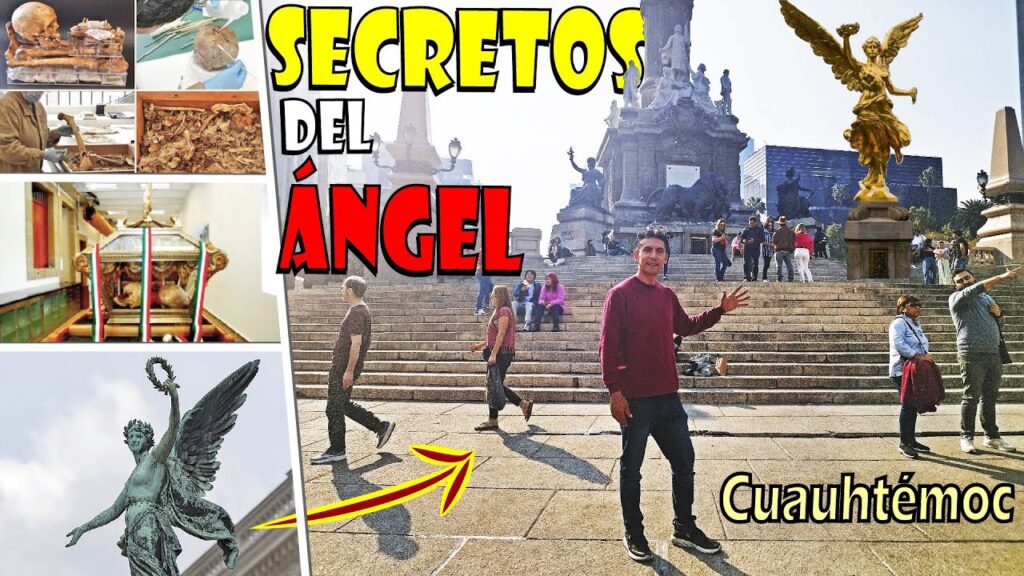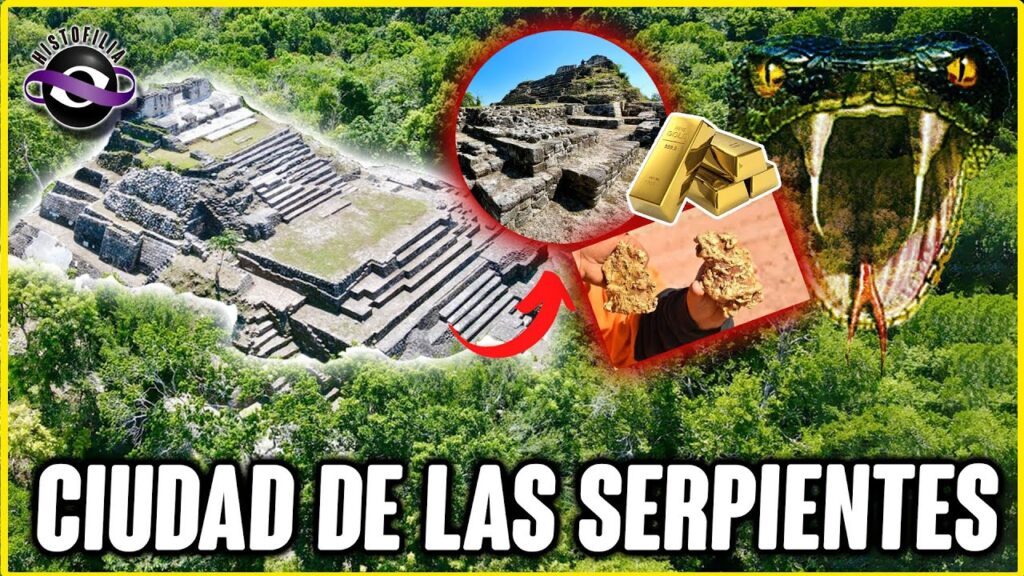Discovering the Irish Secret of the Angel of Independence in CDMX
Amid the bustling streets and vibrant life of Mexico City lies the iconic Monumento a la Independencia, commonly known as the Angel of Independence. This majestic statue is not only a symbol of Mexico’s hard-fought freedom but also a lesser-known testament to the Irish influence on this pivotal moment in history. The tale that cloaks this emblem of autonomy reveals a secret connection between Mexico and a distant green isle across the ocean.
In the early 19th century, a group of soldiers known as the Saint Patrick’s Battalion, or “Los San Patricios,” defected from the United States Army to fight alongside Mexican forces during the Mexican-American War. Many of these men were Irish immigrants who felt a deeper allegiance to Mexico, a Catholic country, than to the predominantly Protestant United States. Their legacy is engrained in the foundation stones of the Angel of Independence, where a plaque honors their bravery and sacrifice.
The Angel of Independence itself was designed by architect Antonio Rivas Mercado and inaugurated on September 16, 1910, to commemorate the centenary of the beginning of Mexico’s War of Independence. Standing tall on Reforma Avenue, it enthralls visitors with its golden-winged victory angel and the figures of renowned independence heroes at its base. Yet, the heroism of the San Patricios remains a subtler, almost whispered, echo amidst the grandeur.
Beyond the grand narrative of revolutions and celebrated heroes, a careful observation of this towering structure reveals inscriptions and emblems that allude to the San Patricios’ valor. It prompts many visitors, especially those of Irish descent, to delve deeper into the historical ties that bind Ireland and Mexico. The Angel’s whisper of brotherhood and shared values in the face of adversity continues to stir the hearts of those who uncover this unexpected friendship.
The story of the Saint Patrick’s Battalion challenges the typical narrative of national history by highlighting the fluidity of identity and allegiance in times of turmoil. Even now, as spectators marvel at the grandiose Angel of Independence, few are aware of the Irish secret it conceals within its stone and metal. This clandestine Irish connection is a narrative waiting to be explored by anyone who dares to peer beneath the surface of Mexico’s storied landscapes.
The Mysterious Legend of the Hidden Irishman in Mexico City
Mexico City is a treasure trove of historic landmarks and vibrant culture, but few tales capture the imagination as much as the mysterious legend of the hidden Irishman. Nestled in the bustling heart of the metropolis, there’s a whispered story that has been passed down through generations. It tells of an Irish adventurer who, in the 17th century, found his way to Mexico City and became intertwined with the city’s history in an unusual and enigmatic manner.
The legend speaks of a man from the Emerald Isle who arrived in the New World seeking fortune and freedom. Known for his vibrant red hair and charismatic personality, this Irishman quickly became a well-known figure in the local communities. However, as the story goes, amidst political turmoil and personal vendettas, he vanished without a trace. Theories abound regarding his disappearance, ranging from a secret love affair with a noblewoman to a daring escape from colonial authorities.
Amidst the cobblestone streets and colonial architecture, it’s said that clues to his whereabouts were left. Some locals believe that the Irishman’s legacy can be found within the intricate designs of particular buildings, hidden symbols within public murals, and even in cryptic messages purportedly etched into the city’s oldest churches. Enthusiasts and history buffs often scour Mexico City’s historical center, hoping to uncover evidence that could shed light on the truth behind this tantalizing legend.
While the truth remains shrouded in mystery, the legend of the hidden Irishman serves as an enchanting backdrop to Mexico City’s colonial past. Whether viewed as a historical figure or a folkloric character, his narrative adds an intriguing layer to Mexico’s rich tapestry of stories. Each year, both locals and tourists are drawn into the tale, eager to explore the city’s charming streets and perhaps, uncover the secrets of a man who stepped into legend and left an indelible mark on Mexico’s capital.
Unveiling the Hidden History Inside the Angel of Independence Column
The Angel of Independence, a towering monument that dominates Mexico City’s skyline, is not just a symbol of the nation’s victory, it’s a repository of history literally within its confines. Hidden beneath the gilded statue of the Greek goddess Nike, that the locals fondly refer to as “El Ángel”, lies a lesser-known treasure: the remnants of a bygone era. Unbeknownst to many visitors who admire its grandeur, the column houses a remarkable secret—a mausoleum holding the remains of key figures from the Mexican War of Independence.
As one descends the narrow staircase spiraling down the interior of the column, the walls whisper tales of the heroes enshrined within its depths. Names like Miguel Hidalgo, the father of Mexican Independence, and Josefa Ortiz de Domínguez, known for her role in the conspiracy that triggered the fight for freedom, echo throughout the chamber. Here, amidst the quietude, the rich narrative of Mexico’s struggle and triumph is felt in a palpable, almost visceral way.
The chamber is not merely a resting place; it is an embodiment of the nation’s collective memory. Intricately adorned with inscriptions and symbolic imagery, it tells a story of resilience and hope that is central to Mexico’s identity. This hidden history within the Angel of Independence Column is a poignant reminder that within every national monument, there is a story of the people, ideals, and fervent passion that led to its creation. For those willing to explore, the monument offers a unique journey back in time, where one can intimately connect with Mexico’s storied past.
The Intriguing Tale of the Irish Presence in Mexico’s Iconic Monument
The history of Mexico is rich with tales of courage, rebellion, and unexpected friendships, and among these is the story of the Irish soldiers who left an indelible mark on the country’s past. The iconic Monumento a los Niños Héroes in Chapultepec Park stands as a testament to bravery, but beneath its towering shadow lies a lesser-known narrative—that of the Saint Patrick’s Battalion, a group of mostly Irish immigrants who fought for Mexico during the 1846-1848 Mexican-American War.
Originally members of the U.S. Army, these Irish soldiers were compelled by a combination of factors to switch allegiances to Mexico, a country that offered them a sense of belonging and shared faith. The striking parallel between Mexico’s struggle against American expansion and Ireland’s own fight for independence from British rule resonated deeply with these Irishmen, who felt a kinship with the Mexican cause. This battalion, known in Spanish as “El Batallón de San Patricio,” battled fiercely against their former comrades-in-arms in several key engagements.
One of the pivotal moments for the Saint Patrick’s Battalion and their lasting legacy in Mexico came during the Battle of Churubusco. It was here that the battalion, despite facing overwhelming odds and impending defeat, displayed extraordinary valor. Their unwavering commitment and sacrifice during this battle would later be commemorated with various plaques and memorials across Mexico, symbolizing the enduring bond between the two nations.
The leaders of the battalion are celebrated figures in Mexican history, with Captain John Riley being the most renowned. His leadership and the allegiance he and his men showed to Mexico have been recognized by both countries. The story of the San Patricios is taught in schools as a powerful example of solidarity across cultures and histories. In present-day Mexico, the Saint Patrick’s Battalion is often venerated on St. Patrick’s Day, alongside traditional Irish celebrations, embodying a cross-cultural connection that has persisted over the centuries.
The chapter of the Saint Patrick’s Battalion in the history of Chapultepec’s Monumento a los Niños Héroes serves as a reminder of the complex tapestry of international relations and personal convictions. The monument may primarily honor Mexican cadets who died defending their nation, yet it also implicitly honors those Irish soldiers who aligned with Mexican valor and chose to stand for a cause they believed was just. The shared history between Mexico and Ireland remains a fascinating testament to the unique friendship forged on the battlefields of the 19th century.
The Angel of Independence in CDMX: A Monument Holding Irish Secrets
The Angel of Independence, also known as “El Ángel,” stands proudly along Paseo de la Reforma in Mexico City. This magnificent monument is often associated with Mexican history, particularly the country’s struggle and eventual triumph over Spanish rule. However, a less known facet of this national symbol is its connection to a group of Irish soldiers known as the “San Patricios.” These soldiers fought alongside the Mexican army during the Mexican-American War in 1846-48, and their contributions are subtly encapsulated within this towering structure.
The San Patricios, or Saint Patrick’s Battalion, were largely made up of Irish immigrants who had initially joined the U.S army. Many of them were recent arrivals to America, escaping famine and economic hardship back in Ireland. Disenchanted by the anti-Catholic sentiment they faced and empathetic towards the Mexican cause, they defected and fought valiantly for Mexico. Their involvement is commemorated in a plaque at the base of the Angel of Independence, but only those who look closely will notice this homage to their bravery.
But why do the San Patricios hold such a special place in Mexican history, and why at the Angel of Independence? The answer lies in the shared religious struggles and values. The majority of the San Patricios were Catholic, and at the time, Mexico was a nation under siege defending its own Catholic heritage against a predominantly Protestant invader. This connection forged a bond between the Irish soldiers and their adopted country, making their story an integral, though often overlooked, part of Mexican history.
Every year on St. Patrick’s Day, while the rest of the world dons green and celebrates with parades and festivities, a more solemn acknowledgment takes place at the Angel of Independence. Mexican and Irish officials, along with members of the public, gather to pay tribute to these men. It’s a poignant reminder that the Angel does not only symbolize Mexican resilience but also stands as a guardian of the bond between Mexico and Ireland, embodied by the sacrifices of the San Patricios.
While “El Ángel” is typically seen as a beacon celebrating Mexican independence and heroics, the Irish narrative wound into its core adds a rich layer to its significance. Visitors who come to admire this gilded emblem of liberty can also take a moment to reflect on the diverse international threads that are interwoven in Mexico’s historical tapestry. The Angel of Independence is not only a monument to past glories but also serves as a lasting testament to the strength of solidarity across cultures and nations.



